Diversity
After emerging in Japan a couple of centuries ago, the shamisen has been further developed in different contexts, leading to many different styles. The different genres and styles manifest in different repertoires, but also different playing styles with specific techniques. The different styles also differ in aesthetics, leading to adjustments in the instruments build and its accessories (koma, bachi, strings) further tweaking the instrument’s sound to match the ideal of the corresponding context.
Overview
The short descriptions are meant as a first rough overview over the different styles of shamisen music. The styles themselves can be more finely differentiated in their sub-styles, and there are additional smaller regional styles that are absolutely worth learning more about. But let’s start small by looking at the bigger picture.
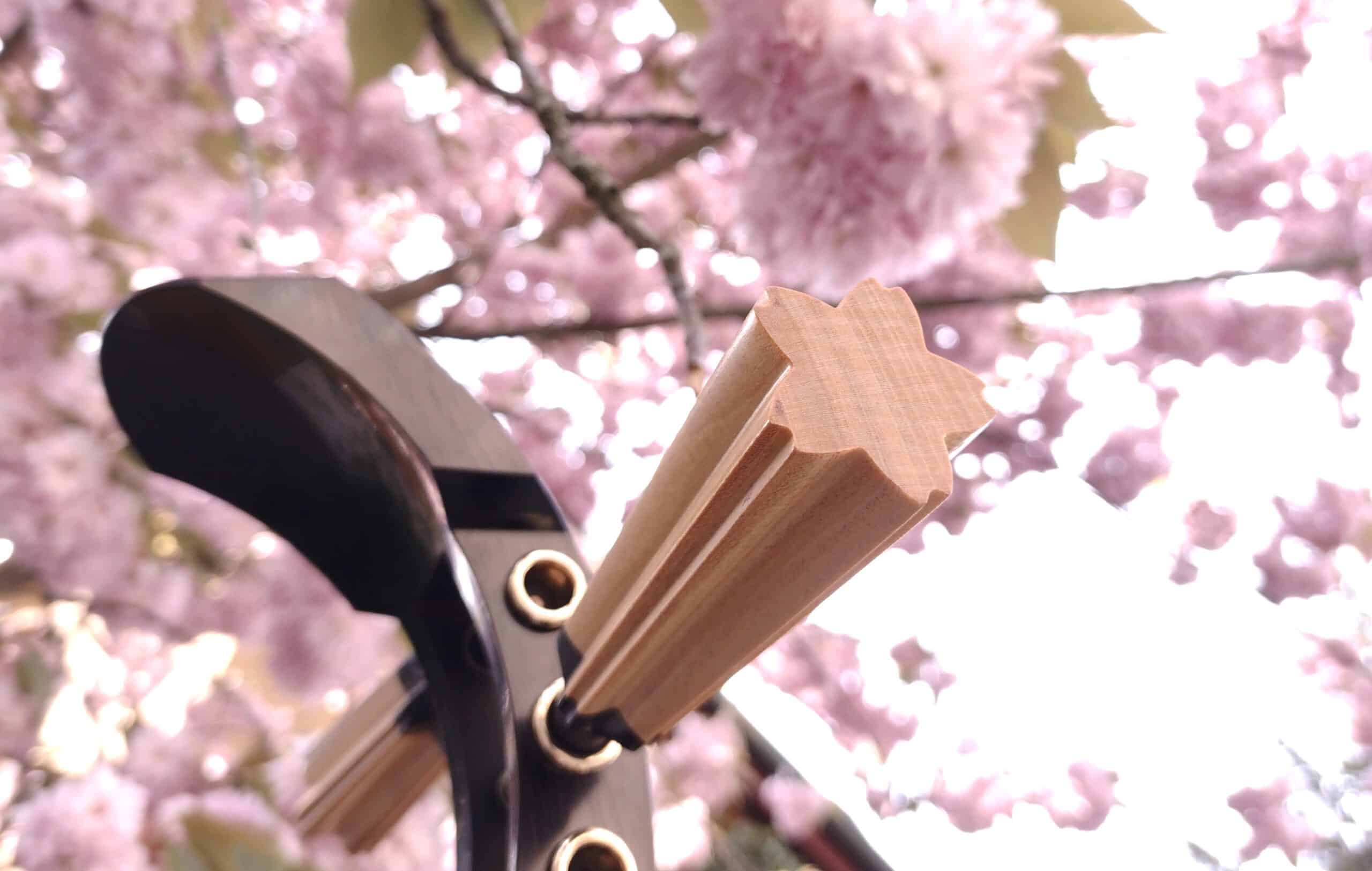
Subtle Details
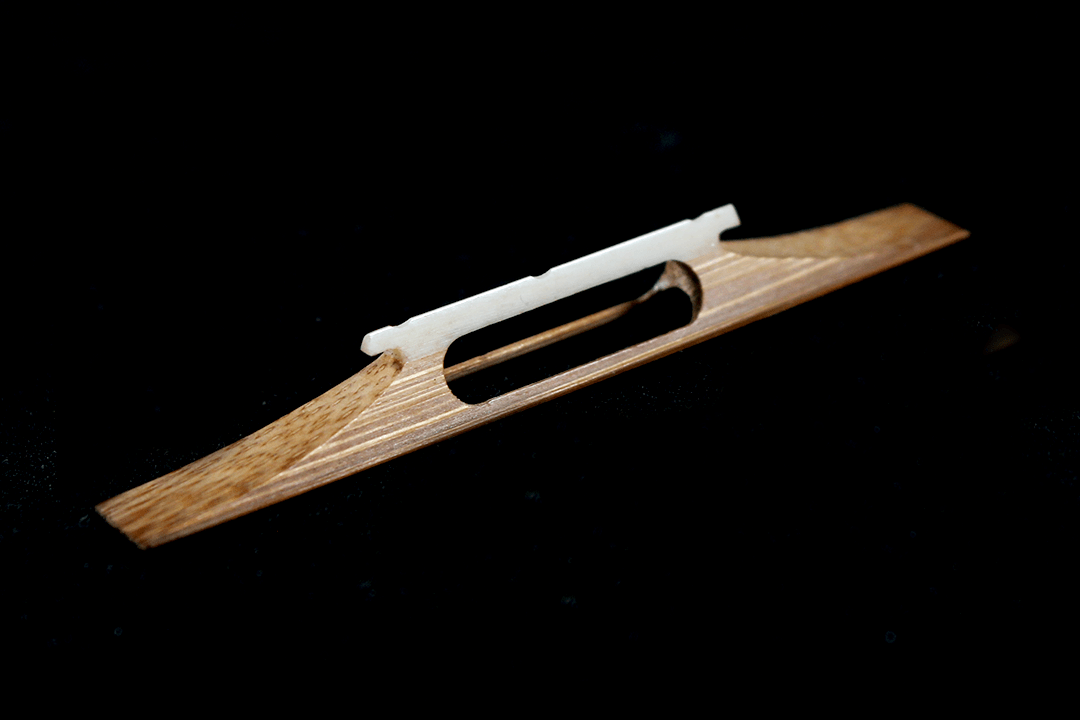
The small items (bachi and koma) and the playing technique make the biggest difference. The different builds of the instruments with their varying soundbox size and neck width (futozao, chuuzao und hosozao) are relevant, too, but are not that important. You can basically play any style on any instrument with the right type of accessories and the right playing style – for example Tsugaru style on a hosozao shamisen.
If you choose a certain build for aesthetic or financial reasons, you are not bound to only play in the style this type of shamisen represents. My advice: Enjoy the freedom and enjoy the beauty of your instrument and the fantastic music.
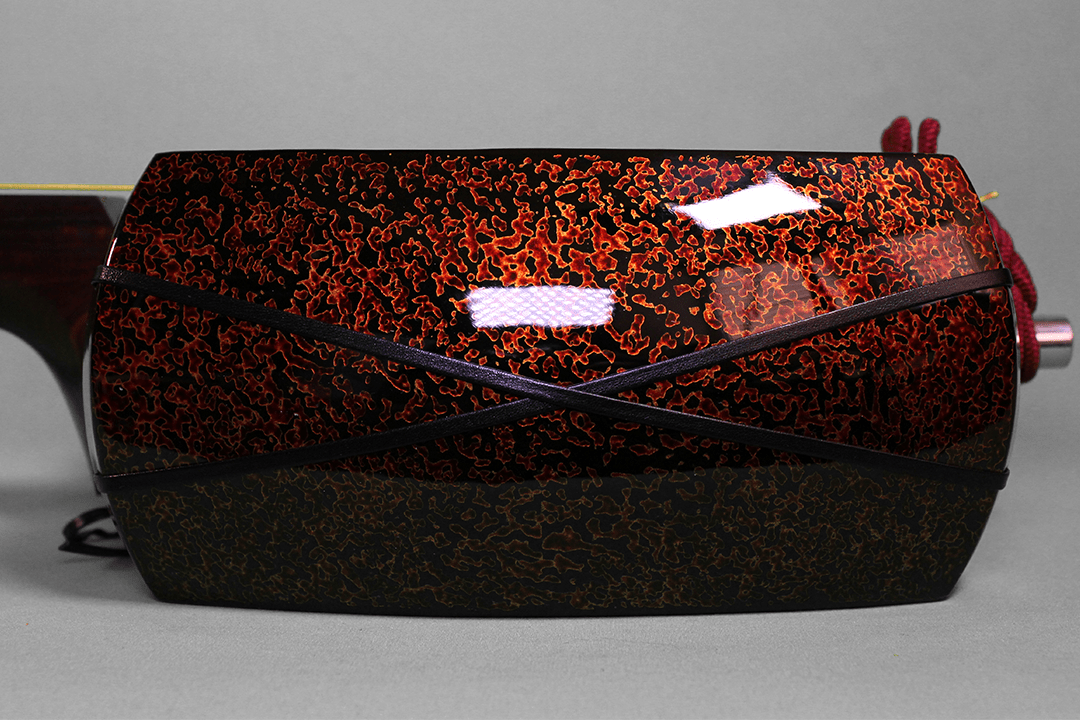
Tsugaru
The modern, dynamic style from Northern Japan.
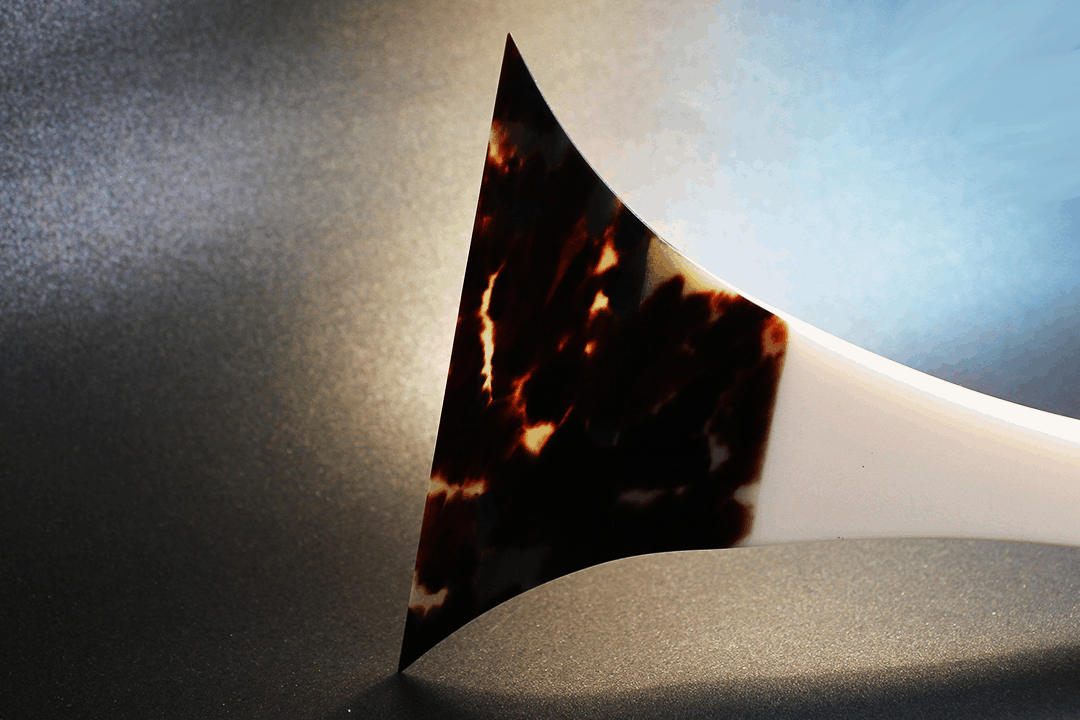
Jiuta
The “original” style.
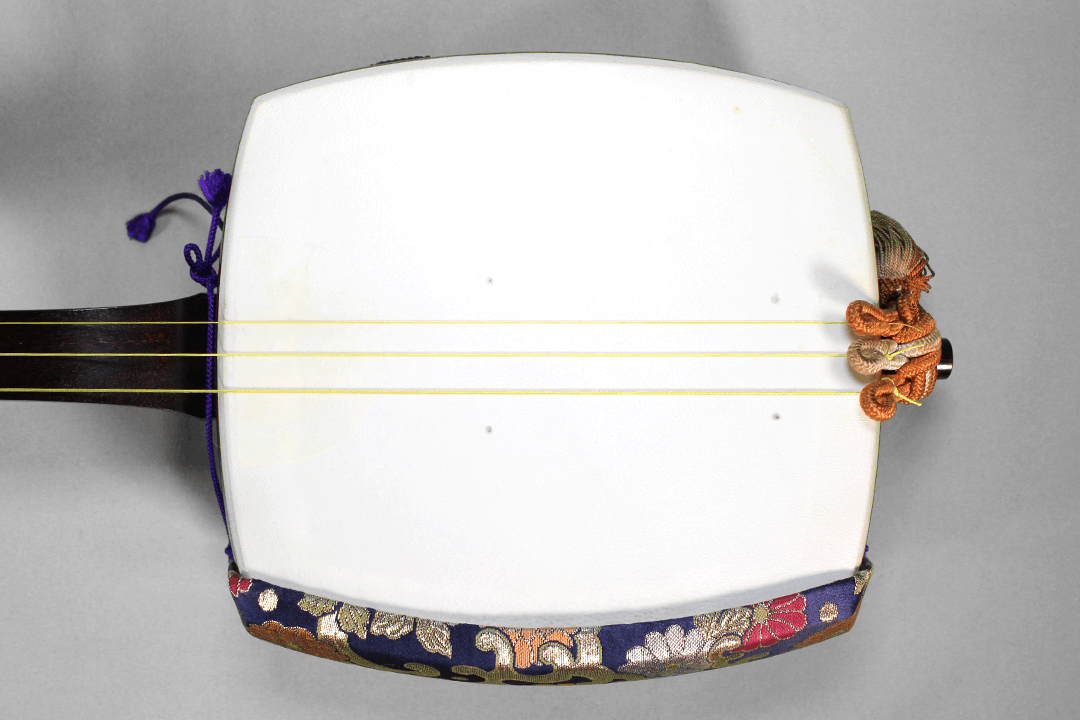
Nagauta
The “long song” – music from the performing arts.
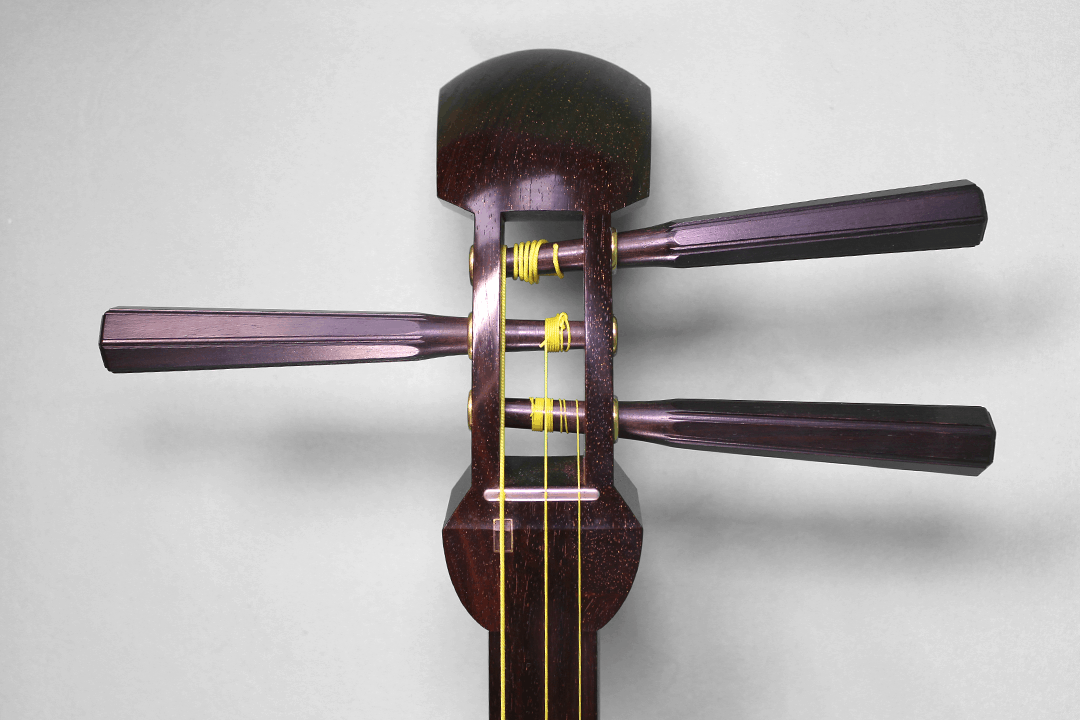
Minyo
The Japanese soul – regional Folk Songs.